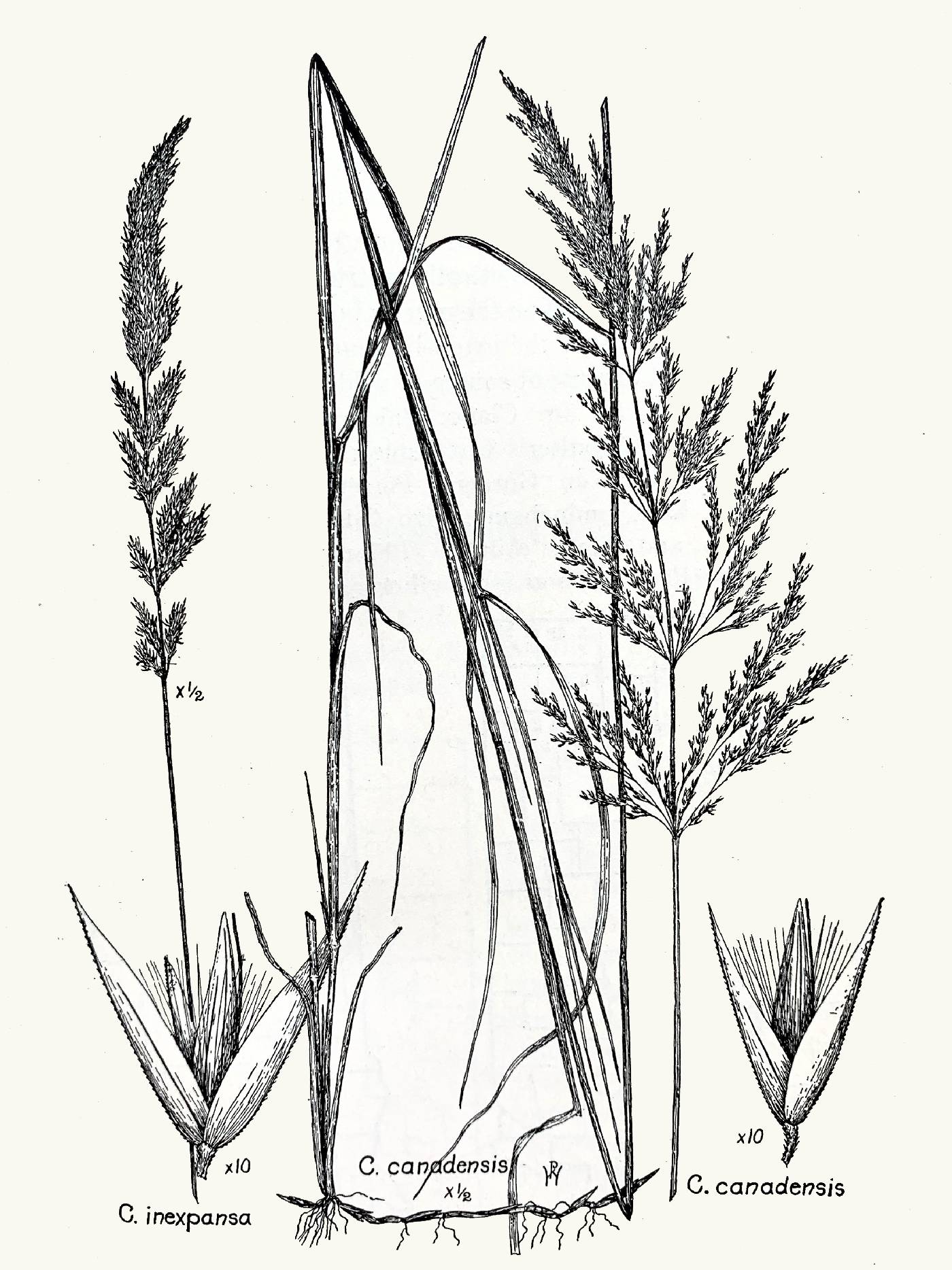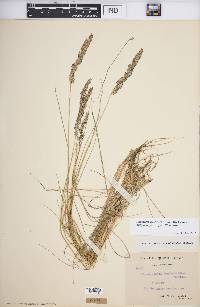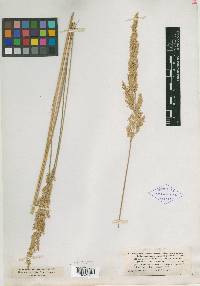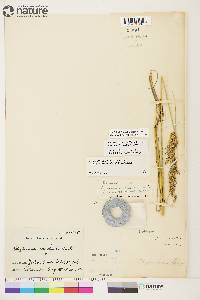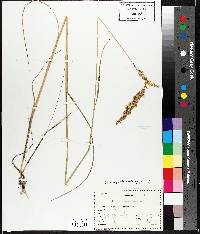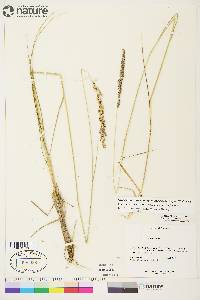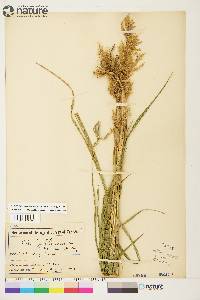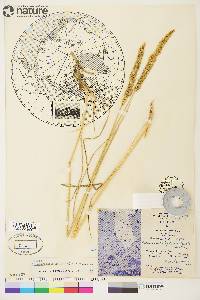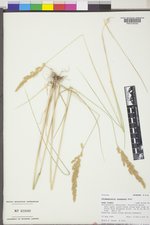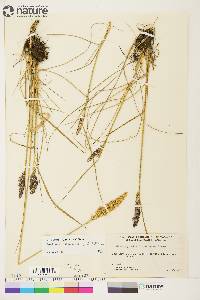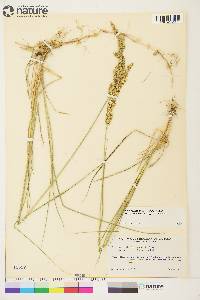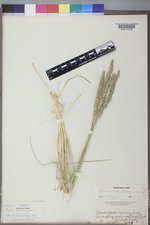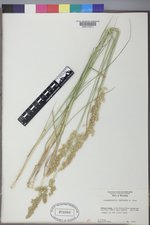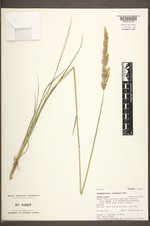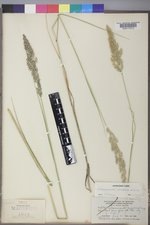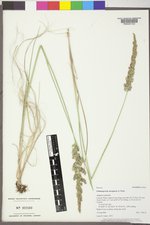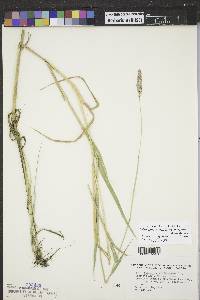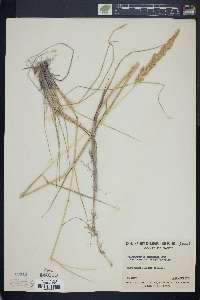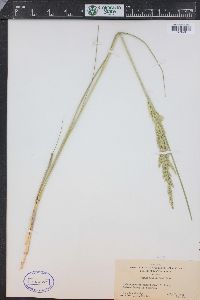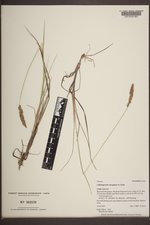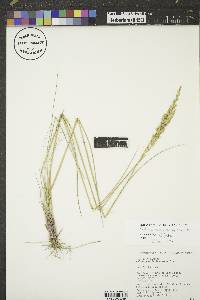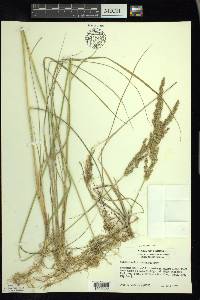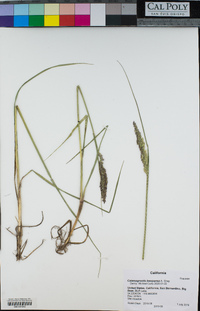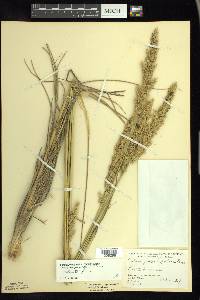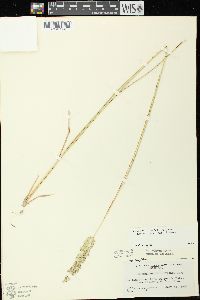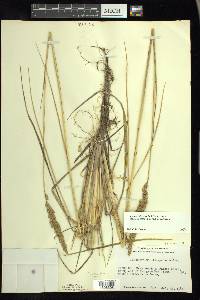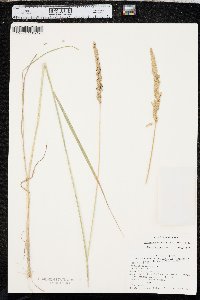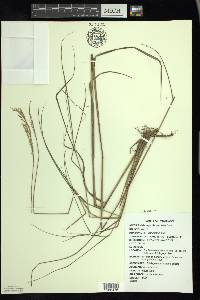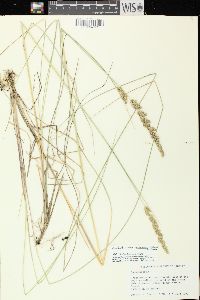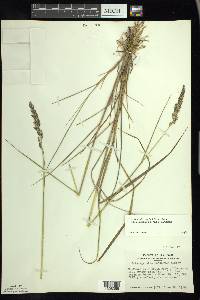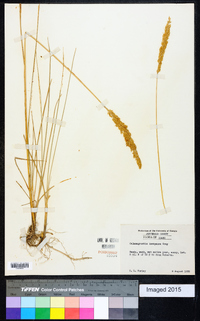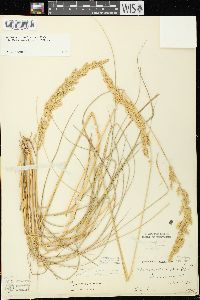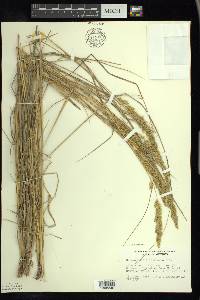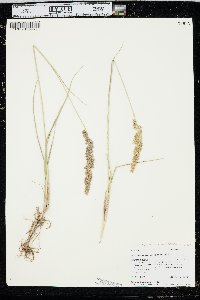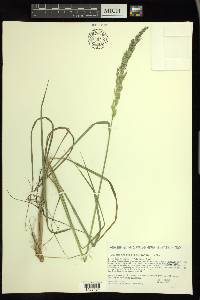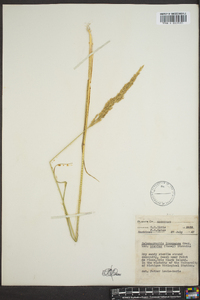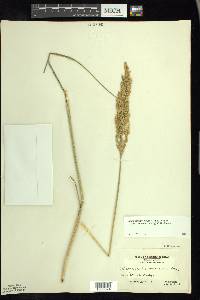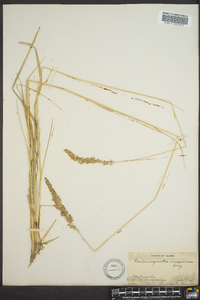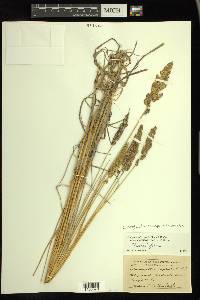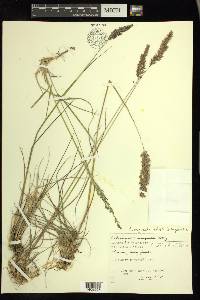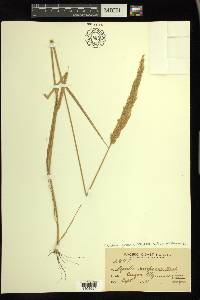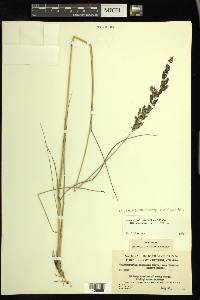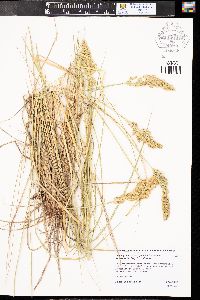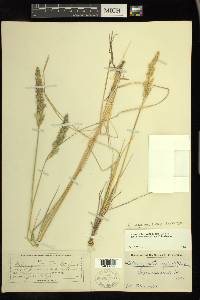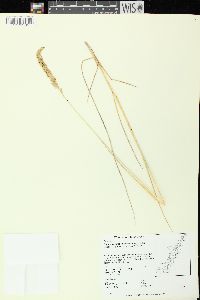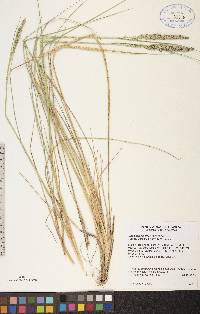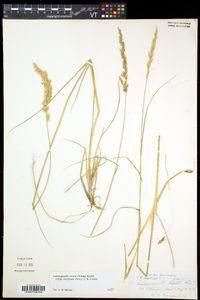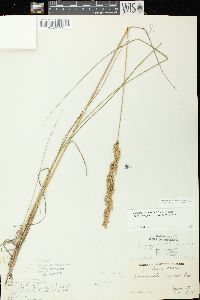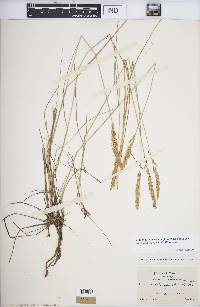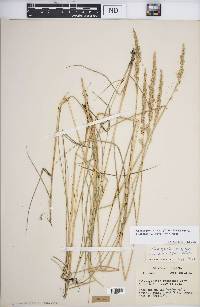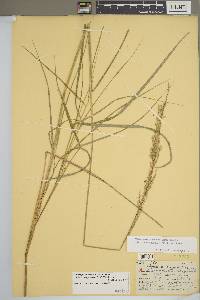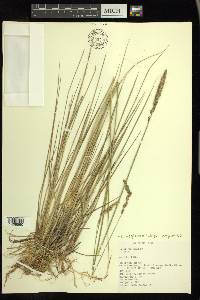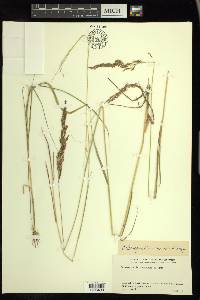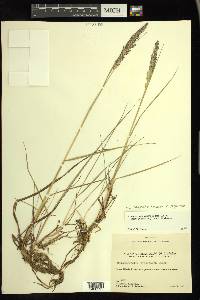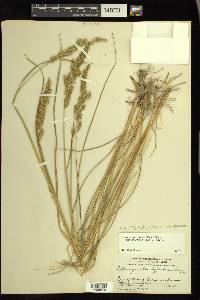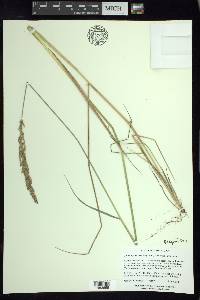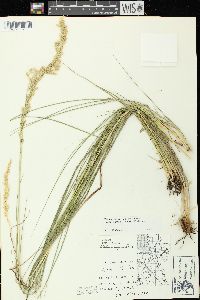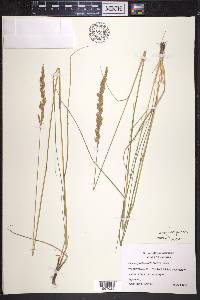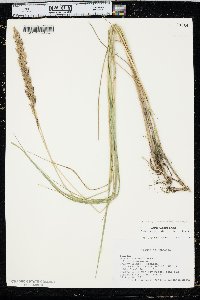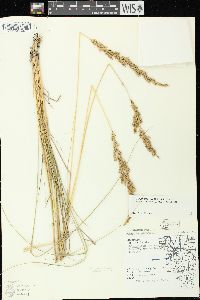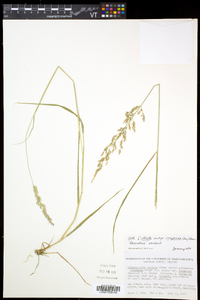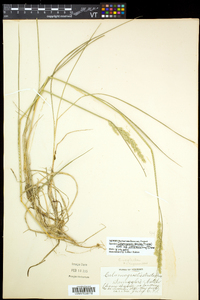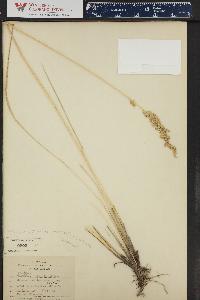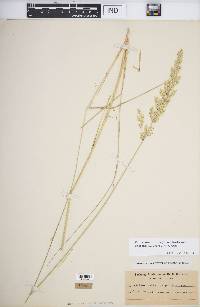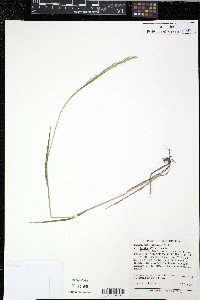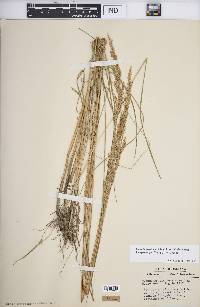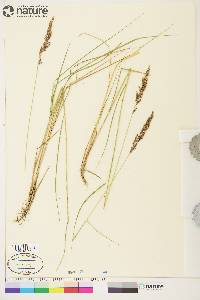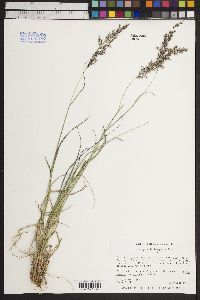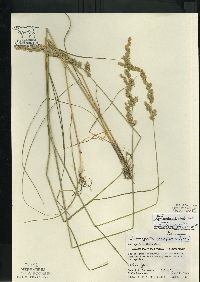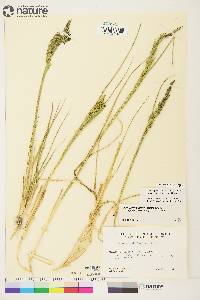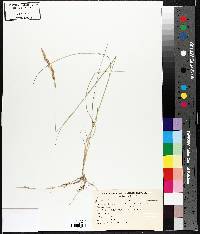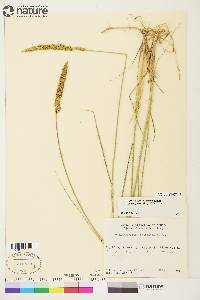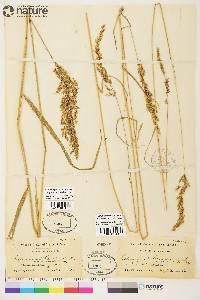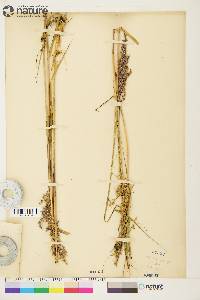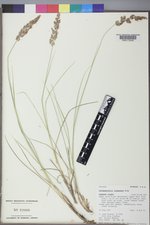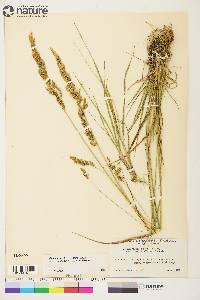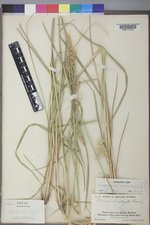
|
|
|
|
Family: Poaceae
Maui Reed Grass, more...Northern Reedgrass
[Calamagrostis aculeolata (Hack.) Ohwi, moreCalamagrostis americana (Vasey) Scribn., Calamagrostis breviseta var. lacustris Kearney, Calamagrostis californica Kearney, Calamagrostis canadensis var. acuminata Vasey ex Shear & Rydb., Calamagrostis canadensis var. arcta Stebbins, Calamagrostis chordorrhiza Porsild, Calamagrostis crassiglumis Thurb., Calamagrostis elongata (Kearney) Rydb., Calamagrostis expansa Rickett & Gilly, non (Munro ex Hbd.) A.S. Hitchc., Calamagrostis fernaldii Louis-Marie, Calamagrostis hyperborea var. americana (Vasey) Kearney, Calamagrostis hyperborea var. elongata Kearney, Calamagrostis hyperborea var. hyperborea Lange, Calamagrostis hyperborea var. stenodes Kearney, Calamagrostis inexpansa Gray, Calamagrostis inexpansa var. barbulata Kearney, Calamagrostis inexpansa var. brevior (Vasey) Stebbins, Calamagrostis inexpansa var. inexpansa A. Gray, Calamagrostis inexpansa var. novae-angliae Stebbins, Calamagrostis labradorica Kearney, Calamagrostis lacustris (Kearney) Nash, Calamagrostis langsdorfii var. acuminata (Vasey ex Shear & Rydb.) Litw., Calamagrostis lapponica var. brevipilis Stebbins, Calamagrostis neglecta var. crassiglumis (Thurb.) Beal, Calamagrostis neglecta var. hyperborea (Lange) M.E. Jones, Calamagrostis neglecta var. inexpansa (A. Gray) M.E. Jones, Calamagrostis pickeringii var. lacustris (Kearney) A.S. Hitchc., Calamagrostis robertii Porsild, Calamagrostis stricta var. aculeolata Hack., Calamagrostis stricta var. brevior Vasey, Calamagrostis stricta var. lacustris (Kearney) C.W. Greene, Deyeuxia americana (Vasey) Lunell, Deyeuxia crassiglumis (Thurb.) Vasey, Deyeuxia elongata (Kearney) Lunell, Deyeuxia hyperborea (Lange) Lunell, Deyeuxia hyperborea var. elongata (Kearney) Lunell, Deyeuxia hyperborea var. stenodes (Kearney) Lunell, Deyeuxia neglecta var. americana Vasey, Deyeuxia neglecta var. robusta Vasey] |
Culms slender, 4-10 dm, from creeping rhizomes; sheaths and blades scabrous, the collar usually shortly bearded; blades firm, 2-4 mm wide; infl 8-15 cm, tawny to purplish, rather dense; glumes firm, rather broad, 3.5-4.5 mm, scabrous; lemma 3.5 mm, scabrous, the awn inserted near the base, about equaling the lemma, evidently geniculate near the middle, twisted below; callus-hairs in 2 tufts, half to three-fourths as long as the lemma; palea nearly equaling the lemma; 2n=84-120. Mossy rocky and marshy meadows and sandy shores; Nf. and Que. to Vt. and N.Y., w. to Mich. and Minn. (C. fernaldii) Gleason, Henry A. & Cronquist, Arthur J. 1991. Manual of vascular plants of northeastern United States and adjacent Canada. lxxv + 910 pp. ©The New York Botanical Garden. All rights reserved. Used by permission. From Flora of Indiana (1940) by Charles C. Deam This is an infrequent species in the lake area, where it prefers marly marshes and springy places, although it is sometimes found in habitats associated with pin oak and chokeberry. It is also found in prairie habitats. Stebbins divided the species into varieties and, according to him, our Indiana specimens belong to var. brevior (Vasey) Stebbins. Hitchcock, in his Manual of Grasses, does not divide the species. ...... Indiana Coefficient of Conservatism: C = 7 Wetland Indicator Status: FACW |
This project was made possible in part by the Institute of Museum and Library Services [MG-70-19-0057-19].
Powered by Symbiota

